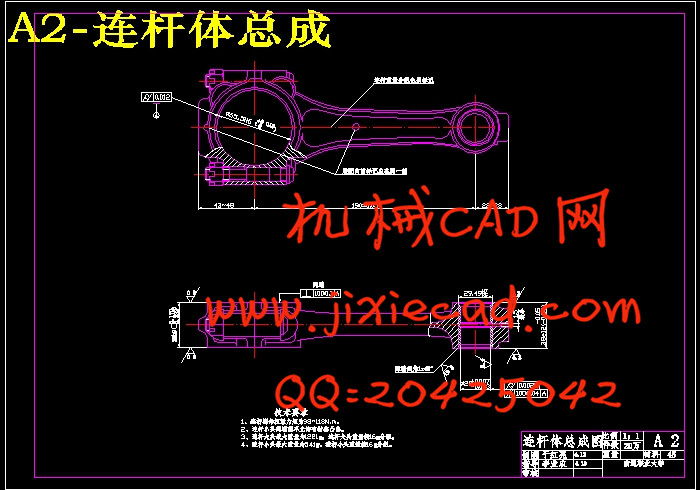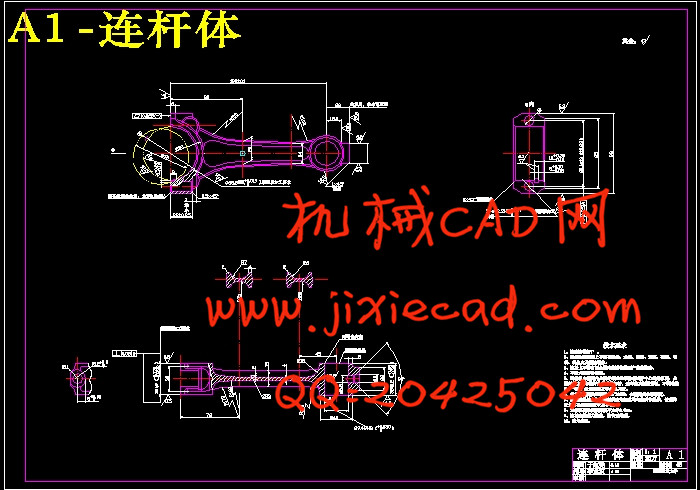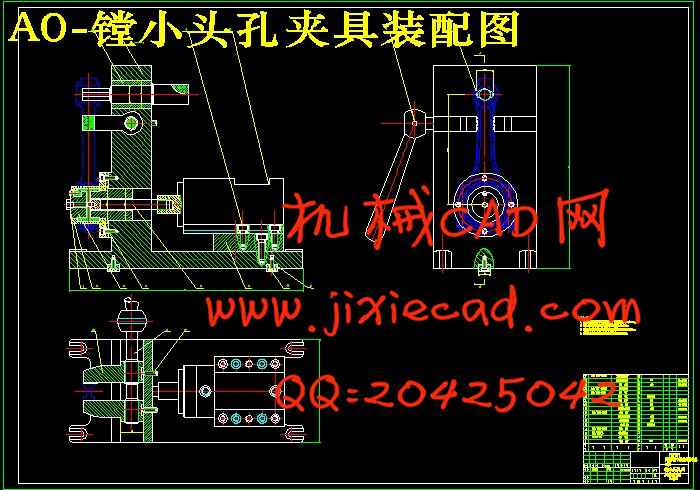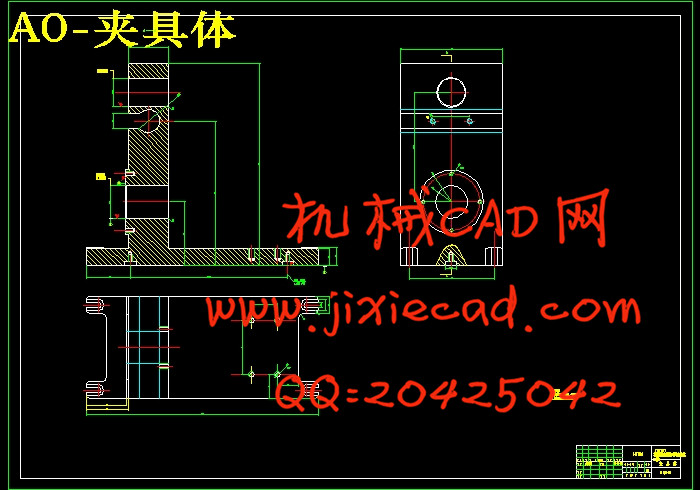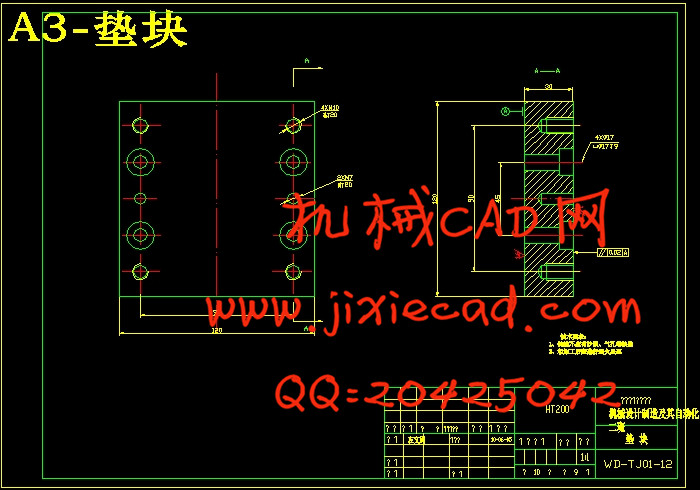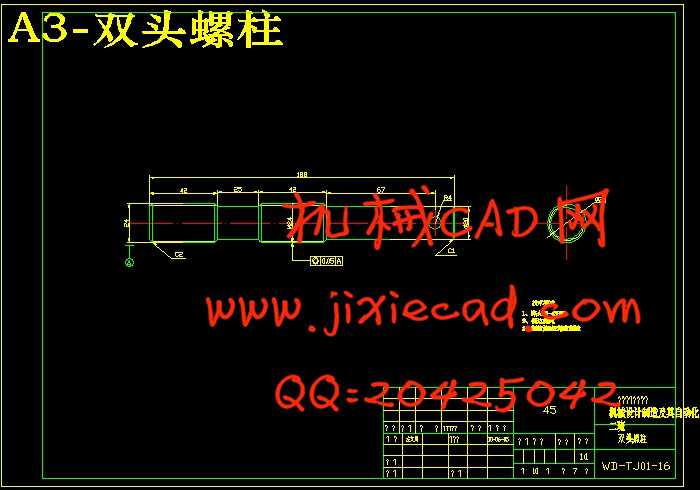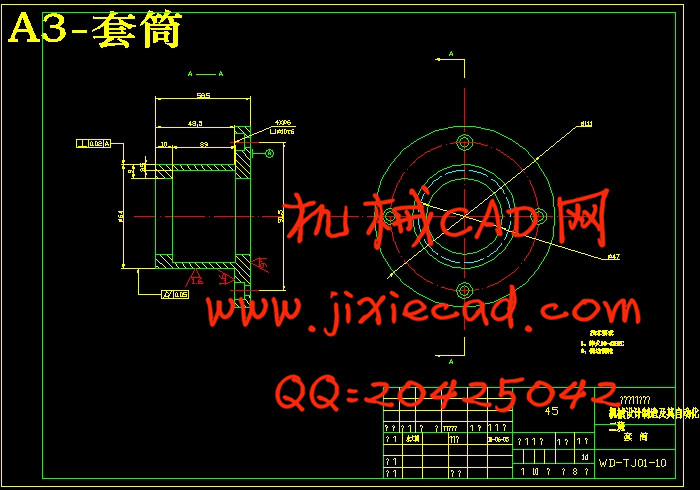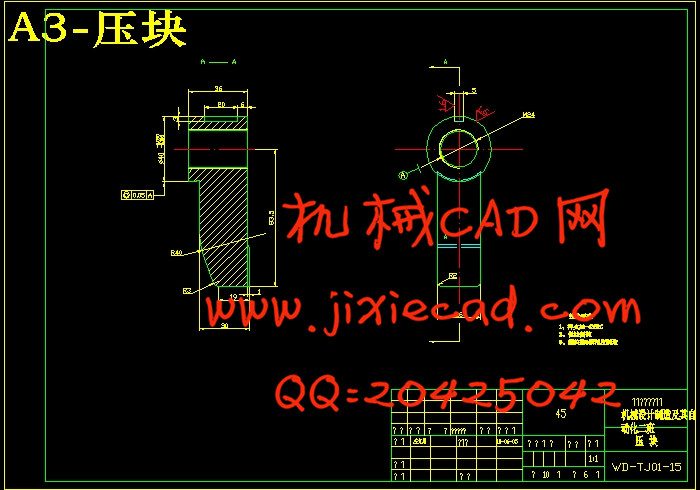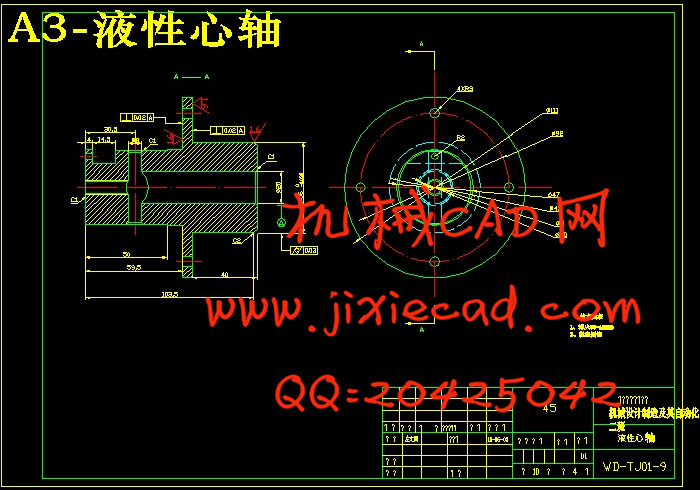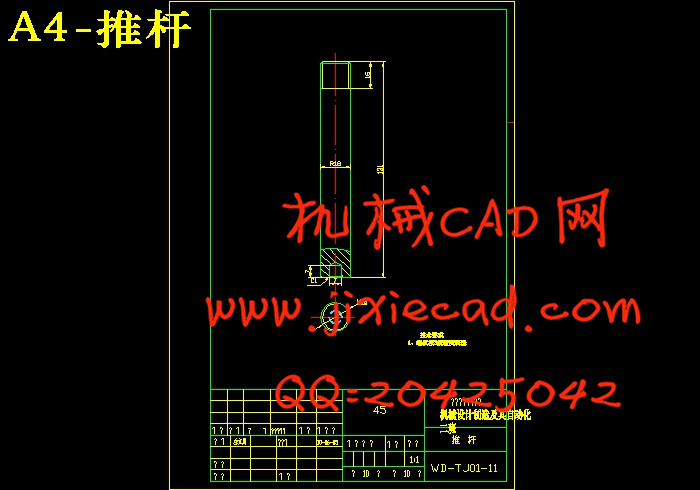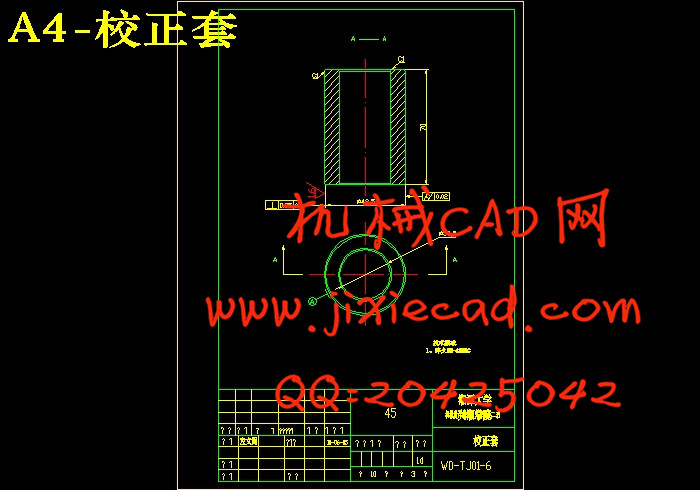设计简介
发动机连杆加工工艺与镗孔夹具设计
摘 要
机械加工工艺是实现产品设计,保证产品质量、节约能源、降低成本的重要手段,是企业进行生产准备,计划调度、加工操作、生产安全、技术检测和健全劳动组织的重要依据,也是企业上品种、上质量、上水平,加速产品更新,提高经济效益的技术保证。然而夹具又是制造系统的重要组成部分,工艺对夹具的要求也会提高,专用夹具、成组夹具、组合夹具和随行夹具都朝着柔性化、自动化、标准化、通用化和高效化方向发展以满足加工要求。因此,好的夹具设计可以提高产品劳动生产率,保证和提高加工精度,降低生产成本等,还可以扩大机床的使用范围,从而使产品在保证精度的前提下提高效率、降低成本。当今激烈的市场竞争和企业信息化的要求,企业对夹具的设计及制造提出了更高的要求。所以对机械的加工工艺及夹具设计具有十分重要的意义。
关键词:夹具、组合夹具、成组夹具、计划调度
Connecting Rod Boring Process and Fixture Design
Abstract
Machining process is to achieve product design, product quality, save energy and reduce the cost of an important means to prepare the enterprise for production, planning and scheduling, processing operations, production safety, labor organizations, to detect and sound an important basis for the enterprise on a variety , the quality, the level, speed up product updates, technical assurance and improving economic efficiency. However fixture is an important component of manufacturing systems, process requirements of the fixture will increase, special fixtures, group fixtures, modular fixture and the accompanying fixtures are toward flexibility, automation, standardization, universal and efficient direction of the development of meet the processing requirements. Therefore, a good fixture design can improve the products of labor productivity, guarantee and improve the processing accuracy, reduce production costs, can also be used to expand the scope of machine tools, thus ensuring the accuracy of the product subject to increase efficiency and reduce costs. Today's fierce market competition and business requirements of information technology, business and fixture design and manufacturing has put forward higher requirements. Therefore, the processing technology and the mechanical fixture design is of great significance.
Key words: jig, fixture, group fixture, planning and scheduling
目 录
第一章 绪论 6
1.1 课题的目的及意义 6
1.2 设计要求 7
第二章 零件的工艺分析 8
2.1 零件的结构特点 8
2.2 零件的技术要求 8
第三章 工艺规程设计 11
3.1 确定毛坯的制造形式 11
3.2 基面的选择 11
3.2.1 粗基准的选择 13
3.2.2 精基准的选择 13
3.3 制定工艺路线 14
3.3.1 工艺路线方案一 14
3.3.2 工艺路线方案二 16
3.3.3 工艺方案的比较与分析 19
3.4 机械加工余量、工序尺寸及毛坯尺寸的确定 19
3.5 确定切削用量及基本工时 21
第四章 夹具设计 36
4.1 问题的提出 36
4.2 镗φ29.5小头孔 37
4.2.1 定位基准的选择 37
4.2.2 切削力及夹紧力的计算 38
4.2.3 定位误差分析 39
第五章 总结 40
致谢
参考文献
摘 要
机械加工工艺是实现产品设计,保证产品质量、节约能源、降低成本的重要手段,是企业进行生产准备,计划调度、加工操作、生产安全、技术检测和健全劳动组织的重要依据,也是企业上品种、上质量、上水平,加速产品更新,提高经济效益的技术保证。然而夹具又是制造系统的重要组成部分,工艺对夹具的要求也会提高,专用夹具、成组夹具、组合夹具和随行夹具都朝着柔性化、自动化、标准化、通用化和高效化方向发展以满足加工要求。因此,好的夹具设计可以提高产品劳动生产率,保证和提高加工精度,降低生产成本等,还可以扩大机床的使用范围,从而使产品在保证精度的前提下提高效率、降低成本。当今激烈的市场竞争和企业信息化的要求,企业对夹具的设计及制造提出了更高的要求。所以对机械的加工工艺及夹具设计具有十分重要的意义。
关键词:夹具、组合夹具、成组夹具、计划调度
Connecting Rod Boring Process and Fixture Design
Abstract
Machining process is to achieve product design, product quality, save energy and reduce the cost of an important means to prepare the enterprise for production, planning and scheduling, processing operations, production safety, labor organizations, to detect and sound an important basis for the enterprise on a variety , the quality, the level, speed up product updates, technical assurance and improving economic efficiency. However fixture is an important component of manufacturing systems, process requirements of the fixture will increase, special fixtures, group fixtures, modular fixture and the accompanying fixtures are toward flexibility, automation, standardization, universal and efficient direction of the development of meet the processing requirements. Therefore, a good fixture design can improve the products of labor productivity, guarantee and improve the processing accuracy, reduce production costs, can also be used to expand the scope of machine tools, thus ensuring the accuracy of the product subject to increase efficiency and reduce costs. Today's fierce market competition and business requirements of information technology, business and fixture design and manufacturing has put forward higher requirements. Therefore, the processing technology and the mechanical fixture design is of great significance.
Key words: jig, fixture, group fixture, planning and scheduling
目 录
第一章 绪论 6
1.1 课题的目的及意义 6
1.2 设计要求 7
第二章 零件的工艺分析 8
2.1 零件的结构特点 8
2.2 零件的技术要求 8
第三章 工艺规程设计 11
3.1 确定毛坯的制造形式 11
3.2 基面的选择 11
3.2.1 粗基准的选择 13
3.2.2 精基准的选择 13
3.3 制定工艺路线 14
3.3.1 工艺路线方案一 14
3.3.2 工艺路线方案二 16
3.3.3 工艺方案的比较与分析 19
3.4 机械加工余量、工序尺寸及毛坯尺寸的确定 19
3.5 确定切削用量及基本工时 21
第四章 夹具设计 36
4.1 问题的提出 36
4.2 镗φ29.5小头孔 37
4.2.1 定位基准的选择 37
4.2.2 切削力及夹紧力的计算 38
4.2.3 定位误差分析 39
第五章 总结 40
致谢
参考文献


